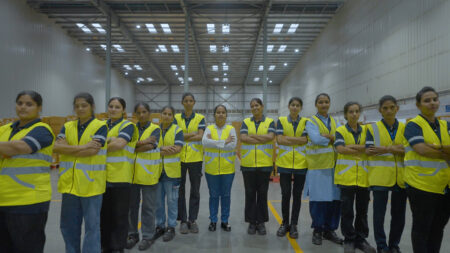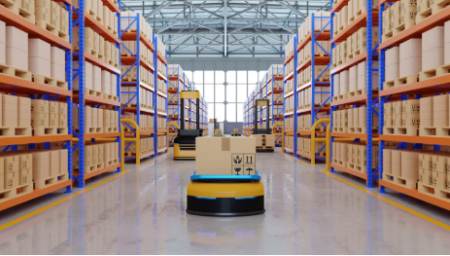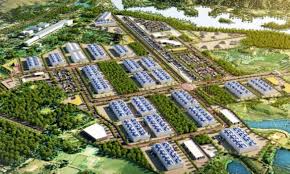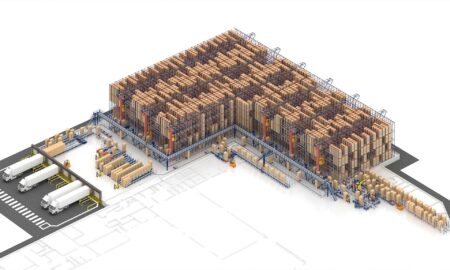Parminder Singh also discusses the flooring system’s key features and benefits that make it appropriate for warehousing applications, such as:
- Flooring must withstand static and dynamic loads without breaking or deforming.
- The concrete floor surface must be dust-free and meet AR1 or AR2 abrasion resistance criteria.
- Levelness and flatness tolerances must adhere to the TR34 FM/DM or ASTM E1155 criteria.
- A competent flooring consultant, such as Concrete Planners® or a comparable company, should recommend the right category of tolerances.
Compliance with the aforementioned features ensures that operations are quick, safe, and profitable.
Installation and maintenance requirements
When designing a concrete floor, it is critical to consider both the load needs for warehouse activities and the natural ground’s capacity to support that load. As a result, doing geotechnical surveys and structural assessments prior to constructing any type of load-bearing floor is critical. Maintenance includes general floor cleaning, re-sealing floor seams to safeguard the arris, repairing small accidental damages, and avoiding the use of acidic cleaning solutions. Concrete flooring stands out in comparison to other solutions on the market (such as kota stone or industrial tiles) because of significant advantages, including quick construction, direct grouting of racking uprights, high load-bearing capacity, high flexural strength, and great durability.
Key performance indicators
Concrete Planners was involved in the development of a highly peculiar form of warehouse floor in the NCR region, where a 20-metre-tall racking system was erected. Given that the VNA system is operating at full capacity, it is one of the highest-racking systems ever installed in India and has been operational securely since 2019.
Flooring systems and technology
Approximately 90per cent of installations in the warehouse take place solely on the concrete flooring. Thus, whether it is an automated sort centre, robotic warehouse, VNA system, ASRS system, laboratory, or other distinct automation systems, the performance of all installations is dependent in some manner on the performance of the concrete flooring. Improvements and innovations are made on a constant basis to make the floor more compatible with the automation systems.
High-gloss floors reflect light well, which aids in energy conservation in warehouses.
Long-term strategy
The leading firms in this sector are making significant investments in R&D to further automate warehouse operations and lower the demand for human labour. Businesses are attempting to manufacture concrete floors using discarded or recycled materials, which enhances the functionality of the flooring. Some of the most recent innovations include the following:
- By replacing traditional steel reinforcement bars with steel fibres, glass fibres, PP fibres, and GFRP bars, the amount of steel needed has been greatly reduced, and the quality of flooring has improved.
- Jointless floor building technology. This drastically reduces the cost of flooring upkeep.
- The development of the automation and robotic industries is supported by the construction of flat floors.
Businesses are attempting to manufacture concrete floors using discarded or recycled materials, which enhances the functionality of the flooring











